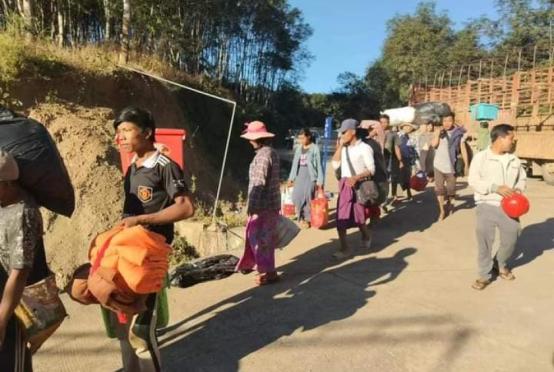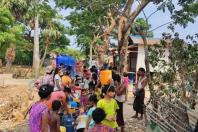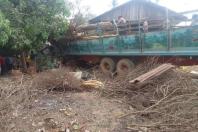At least 33 per cent of ice in the Himalaya will melt in 2100 and it may affect Ayeyawady River and delta area, said Dr Kyaw Moe Oo, Director General of Department of Meteorology and Hydrology (DMH) quoting the announcement made by the International Centre for Integrated Mountain Development (ICIMOD) on February 4.
The announcement said two third of glaciers from Hindu Kush Himalaya (HKH) region, which took place over 2,000 miles space of land between Afghanistan, Bangladesh, Bhutan, China, India, Nepal, Pakistan and Myanmar, will melt at the end of this century due to the emission of greenhouse gases.
Water melted from glaciers from Himalaya region flowed through Maykha and Malikha rivers and according to observation made by 2018, up to 40 per cent of glaciers from Arctic region, which were melted, is likely to make the sea level increase, he said.
“Water level in upper areas of Ayeyawady River is likely to increase if ice in Himalaya region is melted. The melting of ice usually happened in summer and sometimes we faced the increase of water level in Ayeyawady River a little in the summer,” he said.
Philippus Wester, who led the report, released on February 4, said, “This is the climate crisis you haven’t heard of.”
“Global warming is on track to transform the frigid, glacier-covered mountain peaks of the HKH cutting across eight countries to bare rocks in a little less than a century,” he said.
The study said that even if the most ambitious Paris climate accord goal of limiting global warming to 1.5 degrees Celsius by the end of the century were met, more than a third of the region’s glaciers will be lost.
The study said the glaciers are the important resources of about 250 million people living in the mountains and 1.65 billion people in river valleys below nowadays. The changes in water flow in Indus and Ganges in India will cause floods and damage crops as a result of it.















